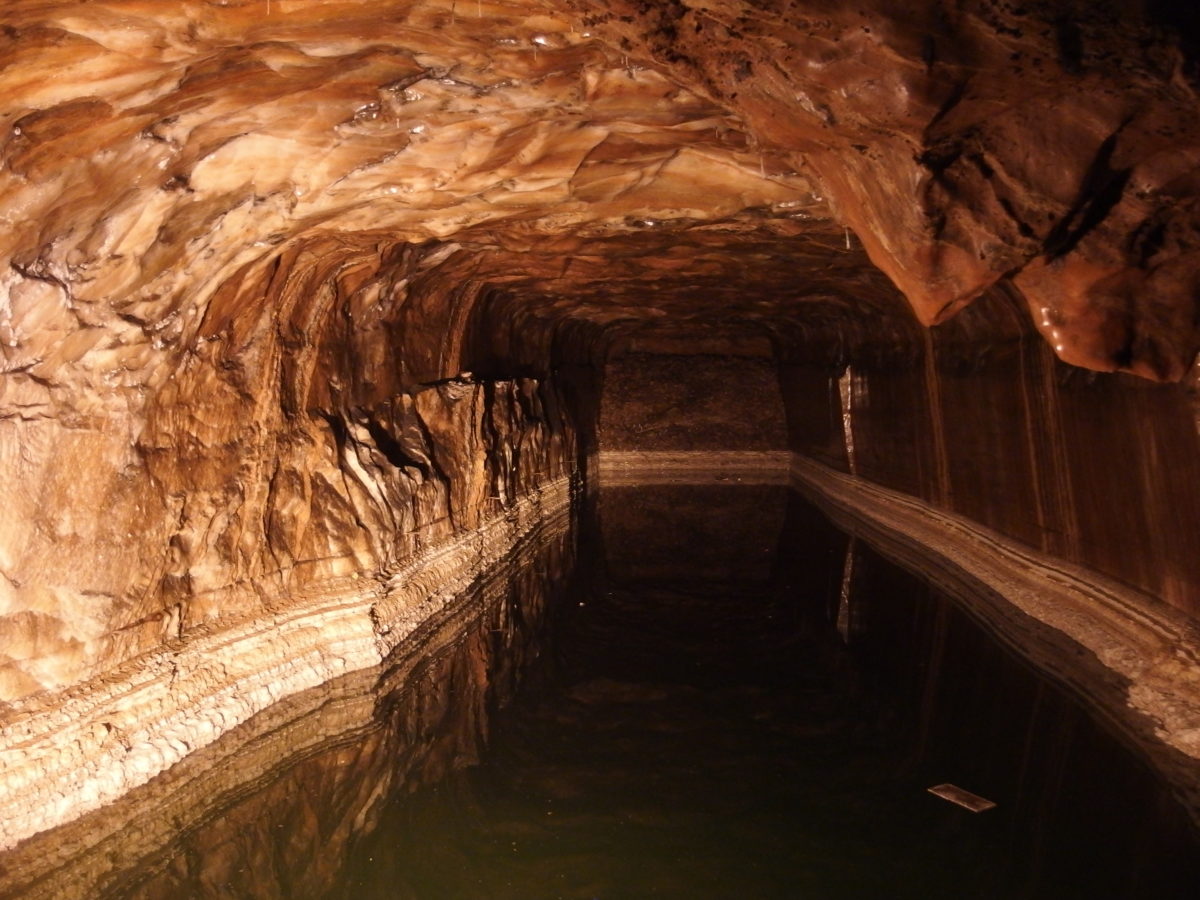Scientists at Germany’s Jülich Institute for Energy and Climate Research (IEK-3) believe that salt caverns are a feasible, flexible and efficient solution for hydrogen storage. However, to date similar facilities only exist in a very limited number in the United States and the United Kingdom.
The researchers said the storage of hydrogen in salt caverns is similar to that of natural gas, as they have similar needs for cavity design, construction and operation. They differ only in the materials in access wells, cavern heads, and transmission infrastructure.
“Natural gas storage in underground cavities has been practiced for decades,” the researchers said. “The knowledge gained by this can be easily transferred to the case of hydrogen storage.”
Hydrogen injection
Compared to depleted oil and gas reservoirs, salt caverns offer the advantage of lower cushion gas requirements to avoid rock breakage, as well as the large sealing capacity of rock salt and the inert nature of salt structures. Salt caverns are also a more flexible solution because they can ensure high hydrogen injection rates and withdrawal cycles.
In order to ensure safe storage operations, the minimum thickness of the hanging wall in a salt cavern should be 75% of the cavern diameter, while for the foot wall this percentage is reduced to 20%. “A minimum salt thickness of 200 meters and a range of minimum to maximum depth of 500 meters to 2,000 meters were selected as being suitable for salt cavern construction,” the scientists explained.
The energy density of salt caverns can vary between 214 kWh and 458 kWh per cubic meter. By multiplying the energy density by the cavern volume, the researchers found that the capacity of salt caverns in domal salt structures is the highest at 210 GWh, while that of caverns located in bedded salt deposit ranges from 65 GWh to 160 GWh. Deeper salt structures can increase the amount of storage capacity, they said.
European potential
The research group has estimated that Europe has the technical potential to store 84.8 PWh of hydrogen in bedded salt deposits and salt domes. Most of these salt caverns are concentrated in northern Europe at offshore and onshore locations. Germany accounts for the largest share, followed by the Netherlands, the United Kingdom, Norway, Denmark and Poland. Other potential sites are in Romania, France, Spain and Portugal.
Onshore sites have a storage capacity of 23.2 PWh and most of it is located in salt domes. Proximity to the coast is considered a positive factor, as a distance of approximately 50 km from the shoreline is still economical in terms of brine disposal, the researchers said. In Poland, most of the salt structures are located in the center of the country, considerably dragging down its storage potential compared to other nations.
“Germany has the highest storage potential in both onshore and offshore contexts, with only onshore and constrained cases with capacities of 35.7, 9.4 and 4.4 PWh, respectively,” the group concluded.
They presented their research Technical potential of salt caverns for hydrogen storage in Europe, recently published in the International Journal of Hydrogen Energy and on the ScienceDirect website.
Recent research by Wood Mackenzie suggest that green hydrogen, mainly produced by solar electrolysis, will reach cost parity in Australia, Germany and Japan by 2030.
This content is protected by copyright and may not be reused. If you want to cooperate with us and would like to reuse some of our content, please contact: editors@pv-magazine.com.




Good morning
What about the suitability of hard rock cavern at depth of 200 meters to store Hydrogen compressed or refrigerated?